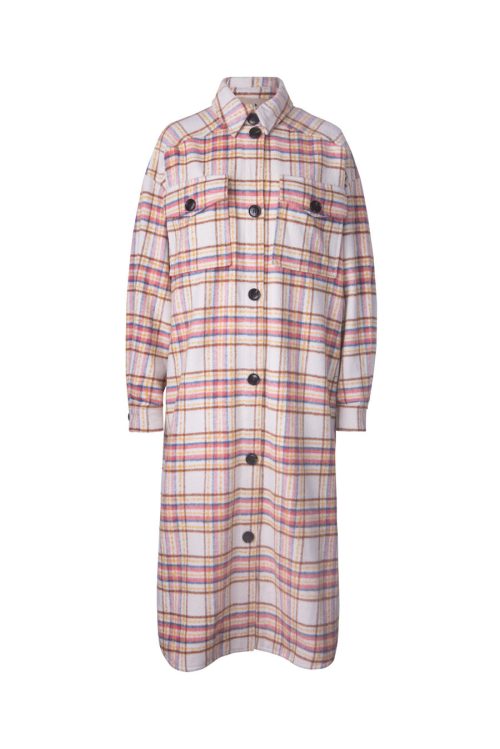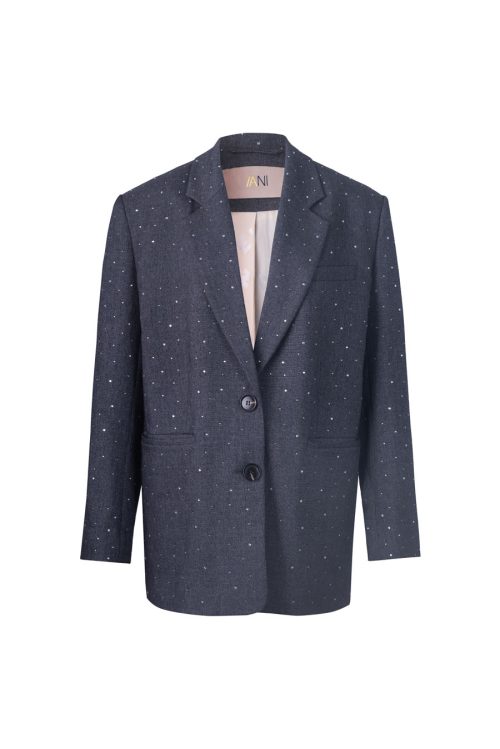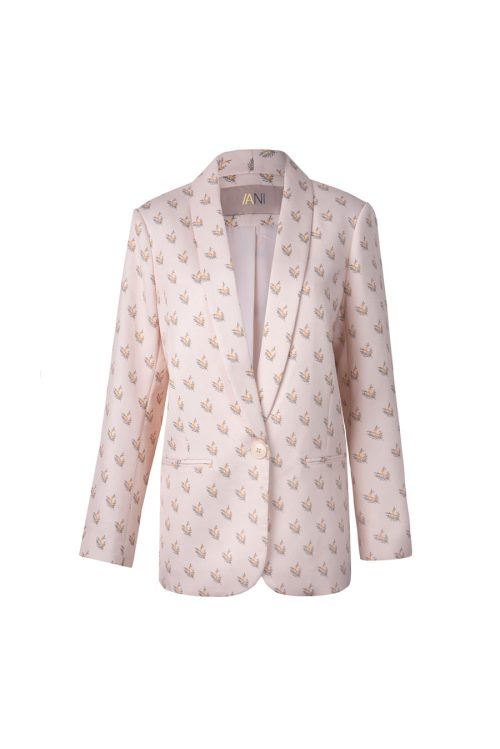
Introduction to OEM Clothing
OEM, or Original Equipment Manufacturer, represents a pivotal cornerstone in the textile and fashion industries. It signifies a partnership where brands entrust factories to produce their clothing lines, blending innovation with tradition. This collaboration not only fuels the fashion world with fresh, high-quality apparel but also empowers brands with the ability to scale and adapt to market demands efficiently.
Advantages of Choosing OEM Cloth
Choosing OEM for clothing production brings a plethora of benefits. Cost-effectiveness and quality assurance stand out, as manufacturers leverage bulk purchasing and established quality control processes. Furthermore, customization and scalability allow brands to respond swiftly to fashion trends and consumer preferences, making OEM a preferred choice for dynamic and growth-oriented fashion labels.
The OEM Cloth Production Process
The journey from concept to final product involves several critical steps. Design and prototyping serve as the blueprint, transforming creative visions into tangible samples. Material sourcing and quality control are equally paramount, ensuring that only the finest fabrics are used and that each garment meets stringent standards.
Why Choose Chinese Garment Factories?
China’s garment industry excels due to its superior supply chain and efficiency. Factories like ours, specializing in women’s clothing, including skirts, blouses, jackets, and pants, benefit from a holistic advantage in cost, quality, and speed, thanks to an integrated supply chain and advanced manufacturing technologies.
OEM Cloth for Women’s Fashion
Women’s fashion is an ever-evolving domain where trends and customization play significant roles. Chinese OEMs excel in adapting to these changes, offering brands the ability to create diverse and personalized clothing lines, from elegant skirts to professional blouses and jackets, showcasing success stories in the global fashion scene.
Challenges in OEM Clothing Production
While OEM offers vast opportunities, it also presents challenges such as navigating regulatory requirements and ensuring ethical labor practices. Overcoming these challenges is essential for a sustainable and responsible manufacturing ecosystem.
Frequently Asked Questions (FAQs)
- What makes OEM clothing production cost-effective?
- How does the design and prototyping process work in OEM manufacturing?
- Why are Chinese garment factories a preferred choice for many brands?
- Can OEM production adapt quickly to fashion trends?
- How do Chinese manufacturers ensure quality in OEM clothing?
- What are the main challenges faced by OEM clothing producers?
Conclusion
OEM cloth production embodies a fusion of tradition and innovation, presenting a path for brands to realize their creative visions while maintaining quality, efficiency, and scalability. Especially within China’s robust garment manufacturing sector, the advantages of OEM production shine brightly, promising a future where fashion is not just seen but felt, in the quality and integrity of every piece produced.




